Grass Clippings
kcas72
15 years ago
Related Stories

LANDSCAPE DESIGNIs It Time to Consider Fake Grass?
With more realistic-looking options than ever, synthetic turf can be a boon. Find the benefits and an installation how-to here
Full Story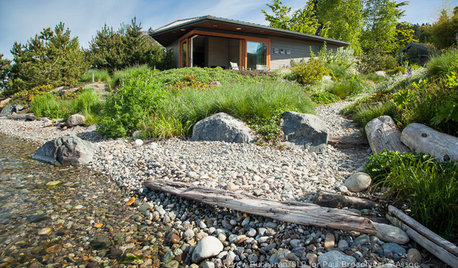
INSPIRING GARDENSLawn Gives Way to a More Natural Lakeside Garden
Meadow grasses, beach pebbles and driftwood replace turfgrass in a nature-friendly landscape on Lake Washington’s shore
Full Story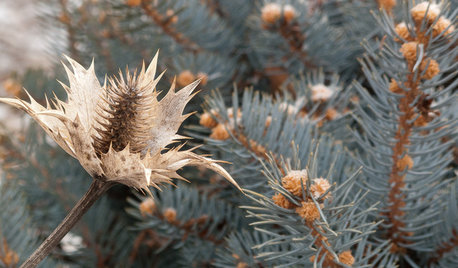
WINTER GARDENINGInspiring Winter Scenes From the Denver Botanic Gardens
Use seed heads, bare branches and grasses to design lovely garden displays when the ground is frozen
Full Story
GRASSESHow to Rock a Lawn
Weekend Project: The key to healthy grass begins with the soil. If turf works for you, here’s how to fix it and keep it looking its best
Full Story
MOST POPULARMeet a Lawn Alternative That Works Wonders
Carex can replace turfgrass in any spot, is low maintenance and adjusts easily. Add its good looks and you’ve got a ground cover winner
Full Story
LANDSCAPE DESIGNDefine Your Garden Softly With Planted Borders
Why make things hard for your garden's edges? Embrace a softer side by trading brick and concrete for shrubs, grasses and ground covers
Full Story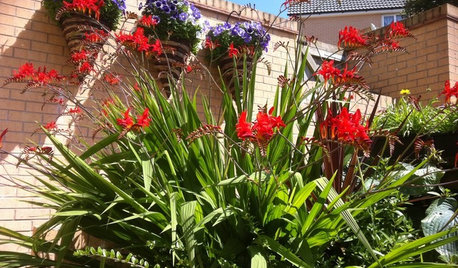
URBAN GARDENSPut Plants to Work in Small Gardens
Grasses, ground cover and more keep small gardens big on visual interest
Full Story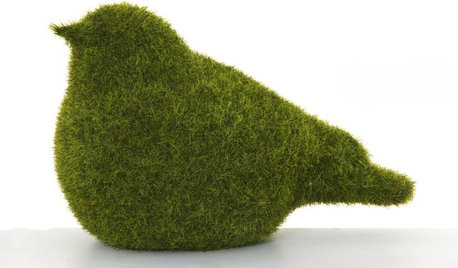
PRODUCT PICKSGuest Picks: Get With Grassy Accents for the Home
Green it up in every room with grass-inspired prints, materials, accessories and even a charging station
Full Story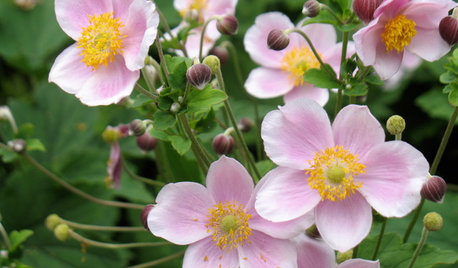
GARDENING GUIDESNortheast Gardener's August Checklist
It's hot in the August garden! Cool off with airy grasses and tactile plants that catch the breeze
Full Story
EARTH DAYThe Case for Losing the Traditional Lawn
Work less, help the environment and foster connections by just saying no to typical turf
Full StorySponsored






billhill
kcas72Original Author
Related Professionals
Mitchellville Landscape Architects & Landscape Designers · Southfield Landscape Architects & Landscape Designers · Columbine Landscape Contractors · Dallas Landscape Contractors · Hilton Head Island Landscape Contractors · Kearny Landscape Contractors · Lebanon Landscape Contractors · Lynn Landscape Contractors · Monterey Landscape Contractors · Richmond Landscape Contractors · Jacksonville Fence Contractors · Baltimore Fence Contractors · Chicago Fence Contractors · Kirkland Fence Contractors · South Yarmouth Fence Contractorsskoot_cat
billhill
billhill
rcnaylor
lou_spicewood_tx
dchall_san_antonio
ronalawn82